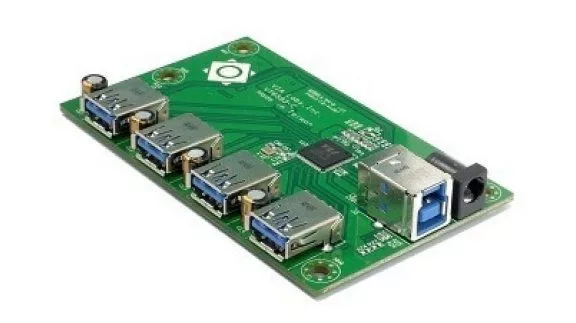
We have an FAQ about inrush current and protection for power supplies is related, but there are special considerations when thinking of how to protect power supplies. One of the devices most sensitive to inrush current and other failures are Switch-Mode Power Supplies (SMPS). Since they are especially important part of our modern electronics, they are found in many applications we use every day. SMPS feature a very low impedance, and require a higher level of protection than the older linear power supplies. They are very efficient, small, light, and low cost, so you’ll run across them more and more often.
To protect them, here are some circuit protection devices that you can add to your SMPS:

1) Fuses are a must for protection for SMPS. They are inexpensive and easy to work into designs, as well as safe, reliable, and have low resistance/high efficiency. It is important to note that fuses do not prevent faults, but they are a great way to protect your SMPS and system, and allow for replacement when the original fault is found and repaired.

2) Transient Voltage Suppression (TVS) Diodes protect against voltage transients generated by inductive loading, lightning, or simple static electricity. Static electricity is common and is more generally described as electrostatic discharge (ESD). It can come from movement (like walking on carpet) as well as lighting can easily reach into the thousands of volts, very quickly damaging your SMPS. Equipment containing inductors can create transient voltage spikes from switching relays and transformers, or commutation from motors and generators.

3) Metal Oxide Varistors (MOVs) also protect circuits from transients like lightning and inductive load switching, relay switching and capacitor discharges. However, MOVs typically operate at higher voltages like AC line level or high DC levels compared to transient-suppression diodes. A downside to MOVs is that prolonged events can damage or destroy the MOV, and circuit protection is lost.

4) Radio-Frequency Interference (RFI) Choke will protect from RFI and EMI from external sources like radio transmitters, motors, solar flares, etc but won’t protect against shorts and surges. Capacitors can filter incoming power as well which helps with the noise in the DC output of the power supply, as well as protect the SMPS from AC noise. Like chokes, capacitors would not protect against current spikes and short circuits.
These devices and others can protect your SMPS from damage inflicted by the many types of transients that happen everyday. So be sure to use one and make sure yours is functioning properly!
Images Source:
- https://www.onlinecomponents.com/mean-well/nfm1024-11952522.html
- https://www.onlinecomponents.com/schurter/80205076-45285263.html
- https://www.littelfuse.com/products/tvs-diodes/automotive-and-high-reliability-tvs/sld/sld33_018.aspx
- https://www.littelfuse.com/products/varistors/radial-leaded/hmov.aspx
- https://www.onlinecomponents.com/tdk-corporation/zcat30351330bk-12683279.html














